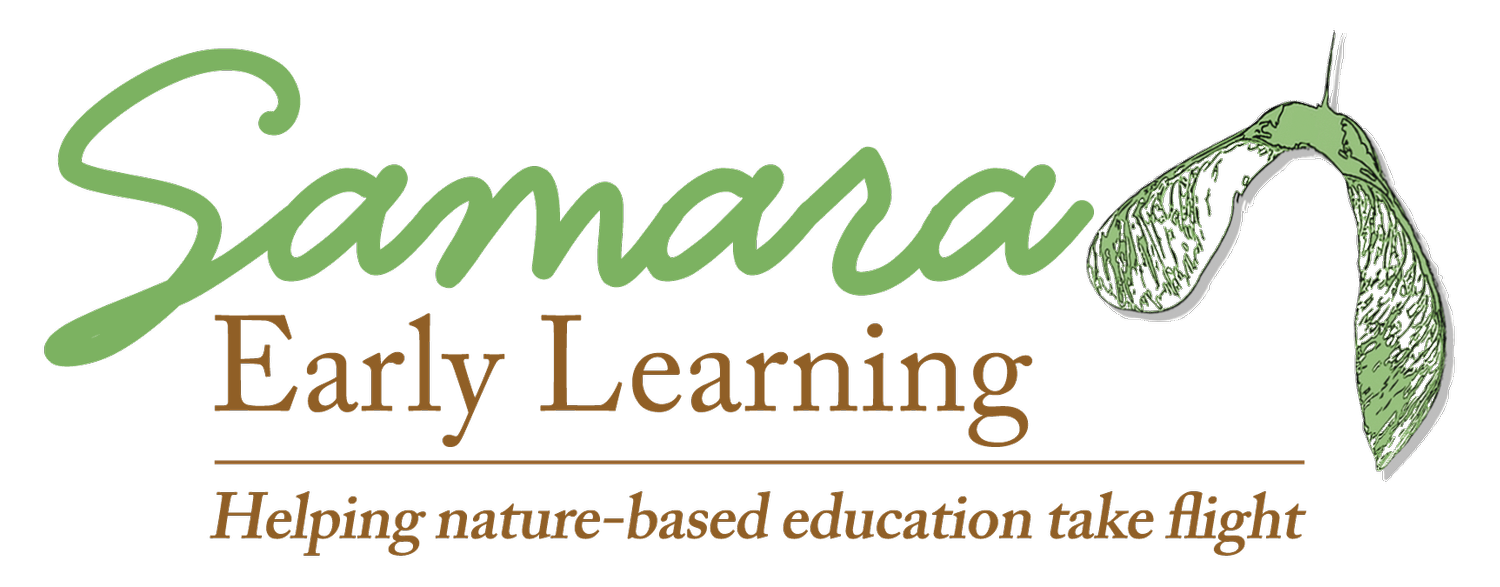Connecting to place
This post originally appeared in Dr. Rachel A. Larimore’s weekly Samara newsletter on March 14, 2022. If you’re interested in receiving these emails, scroll to the bottom of this page to subscribe.
It’s maple syruping season here in the Midwest. Gathering the sweet sap that rises in the maple trees each spring is one of the events that feels like home to me.
Maple syruping is a comforting, familiar activity for me. It’s also one of the things unique to where I’m from—or my place in the world.
One of the core principles of nature-based education is connecting children to local, authentic nature. This means connecting them to the nature found in their place in the world.
Whether in a desert, by the ocean, in a hardwood forest, or somewhere else entirely - each place has a unique look and feel. The climate, plants, animals, and people are all unique to that place.
In their book Rethinking the Classroom Landscape: Creating Environments That Connect Young Children, Families, & Communities, authors Duncan, Martin, & Kreth asked, “If we blindfolded you, took you on a plane, and dropped you in the middle of an early childhood classroom, would you know where you are based on what you see?”
Sadly, most of the time the answer is “no.” We can be intentional in ensuring that the unique features of our place are present in our classrooms.
We can select materials (inside and outside) and design teacher-led activities that connect to local nature. This includes the books we read, art we create, explorations we venture on beyond the fence, and so much more.
So, what’s unique about your place in the world? Are those unique features represented in your classroom?
I’d love to hear how you’ve created a space which reflects your place in the world.
Keep changing lives,
Rachel
Rachel A. Larimore, Ph.D., Chief Visionary of Samara Learning


